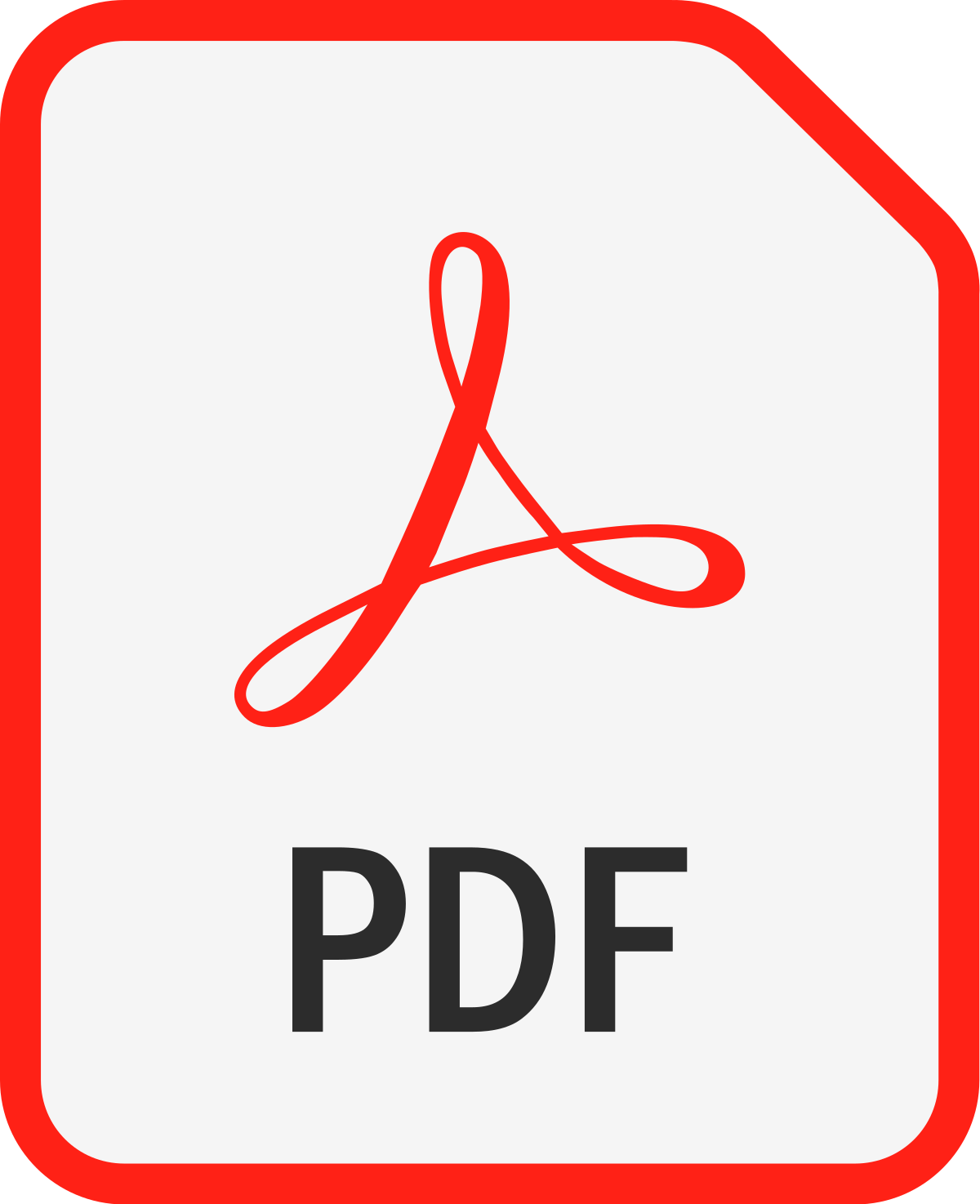Home > CSC-OpenAccess Library > Manuscript Information
EXPLORE PUBLICATIONS BY COUNTRIES |
 |
| EUROPE | |
| MIDDLE EAST | |
| ASIA | |
| AFRICA | |
| ............................. | |
| United States of America | |
| United Kingdom | |
| Canada | |
| Australia | |
| Italy | |
| France | |
| Brazil | |
| Germany | |
| Malaysia | |
| Turkey | |
| China | |
| Taiwan | |
| Japan | |
| Saudi Arabia | |
| Jordan | |
| Egypt | |
| United Arab Emirates | |
| India | |
| Nigeria | |
Agentic AI: A Paradigm Shift in Cloud-Native Application
Development and Productivity
Udaya Veeramreddygari
Pages - 13 - 25 | Revised - 30-08-2025 | Published - 01-10-2025
MORE INFORMATION
KEYWORDS
Agentic AI, Cloud-Native Development, Software Engineering, Productivity
Improvement, Autonomous Systems.
ABSTRACT
This research paper identifies the disruptive effect of Agentic Artificial Intelligence (AI) on cloudnative
software development and design. As software systems become increasingly complex,
conventional approaches to development are strained to the breaking point for velocity, efficiency,
and scalability. The advent of goal-directed, self-organizing agents called Agentic AI offers a new
paradigm for dealing with these demands. This study investigates if and how a multi-agent
system can be utilized to automate and optimize some aspects of the cloud-native development
life cycle such as code generation and testing, deployment, and monitoring. Overall, the objective
is to quantify productivity benefits and benefits in software quality that are a consequence of
incorporating Agentic AI.To complete this research, we employed a synthetic dataset that was
generated to model the life cycles of 50 independent cloud-native microservices projects over one
year. The data include measurements such as lines of code, bug density, deployment rate, and
developer-hours. The essence of our research was deploying a custom-made Agentic AI
framework in Python coded and developed using LangChain on top of major industry cloud
platforms such as Kubernetes and AWS. It enables specialized agents for code generation, task
decomposition, security scanning, and performance testing. When we compare project
development metrics of projects that have been developed using this approach and a control
group of projects that use traditional CI/CD practices, we demonstrate a dramatic reduction in the
development time and an astronomical growth in the quality of the code. Results drawn in this
research provide emphatic proof of the efficacy of Agentic AI in terms of cloud-native app
development as a scalable and viable solution compared to conventional methods. Python data
science libraries (Scikit-learn, Pandas) and visualization libraries are used as tools for analysis to
render output.
| Chen, L., & Babar, M. A. (2019). A systematic mapping study on architectural concerns of microservice architecture. Journal of Systems and Software, 151, 186-216. https://doi.org/10.1016/j.jss.2019.02.009. | |
| Chen, T., Bahsoon, R., & Yao, A.-D. (2018). A survey and taxonomy of self-aware and self-adaptive cloud autoscaling systems. ACM Computing Surveys, 51(3), 1-40. https://doi.org/10.1145/3190507. | |
| Dragoni, N., Giallorenzo, S., Lafuente, A. L., Mazzara, M., Montesi, F., Mustafin, R., & Safina, L. (2017). Microservices: Yesterday, today, and tomorrow. In M. Mazzara & B. Meyer (Eds.), Present and ulterior software engineering (pp. 195-216). Springer. https://doi.org/10.1007/978-3-319-67425-4_12. | |
| Humble, J., & Farley, D. (2010). Continuous delivery: Reliable software releases through build, test, and deployment automation. Addison-Wesley Professional. | |
| Jamshidi, P., Pahl, C., Mendonça, N. C., Lewis, J., & Tilkov, S. (2018). Microservices: The journey so far and challenges ahead. IEEE Software, 35(3), 24-35. https://doi.org/10.1109/MS.2018.2141039. | |
| Jaramillo, D., Nguyen, D. V., & Smart, R. (2016). Leveraging microservices architecture by using Docker technology. In Proceedings of the 2016 IEEE SoutheastCon (pp. 1-5). IEEE. https://doi.org/10.1109/SECON.2016.7506647. | |
| Pahl, C., Brogi, A., Soldani, J., & Jamshidi, P. (2019). Cloud container technologies: A state-of-the-art review. IEEE Transactions on Cloud Computing, 7(3), 677-692. https://doi.org/10.1109/TCC.2017.2702586. | |
| Russell, S. J., & Norvig, P. (2020). Artificial intelligence: A modern approach (4th ed.). Pearson. | |
| Shahin, M., Ali Babar, M., & Zhu, L. (2017). Continuous integration, delivery and deployment: A systematic review on approaches, tools, challenges and practices. IEEE Access, 5, 3909-3943. https://doi.org/10.1109/ACCESS.2017.2685629. | |
| Shoham, Y., & Leyton-Brown, K. (2008). Multiagent systems: Algorithmic, game-theoretic, and logical foundations. Cambridge University Press. | |
| Taibi, D., Lenarduzzi, V., & Pahl, C. (2017). Processes, motivations, and issues for migrating to microservices architectures: An empirical investigation. IEEE Cloud Computing, 4(5), 22-32. https://doi.org/10.1109/MCC.2017.4250931. | |
| Zhang, L., An, B., Gao, M., & Zhang, M. (2021). A survey on multi-agent deep reinforcement learning: From the perspective of challenges and applications. Artificial Intelligence Review, 54(5), 3215-3238. https://doi.org/10.1007/s10462-020-09938-y. | |
Mr. Udaya Veeramreddygari
Cox Automotive Inc - United States of America
udaya.veeramreddygari@ieee.org
|
|
|
|
| View all special issues >> | |
|
|



